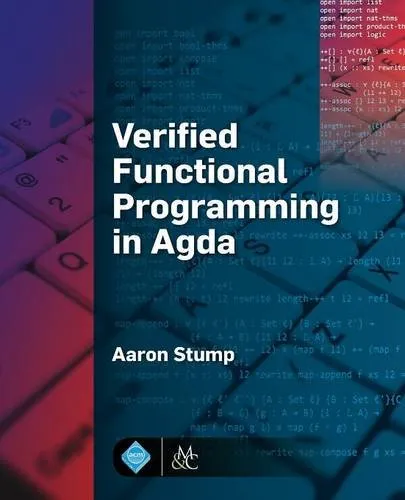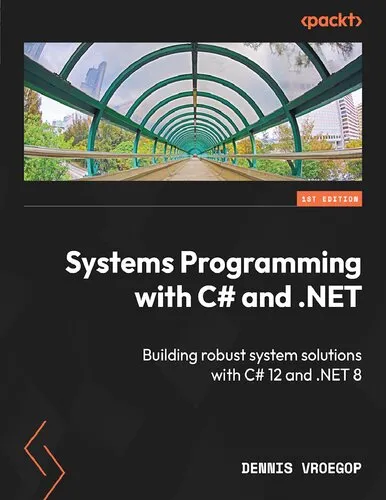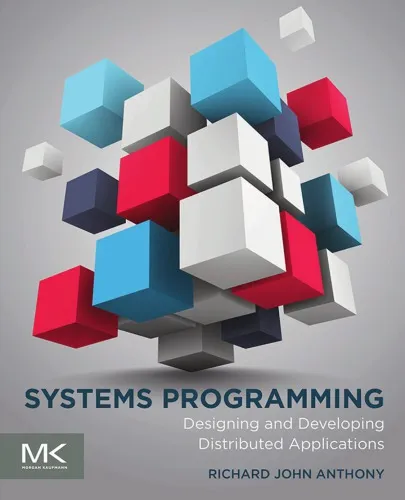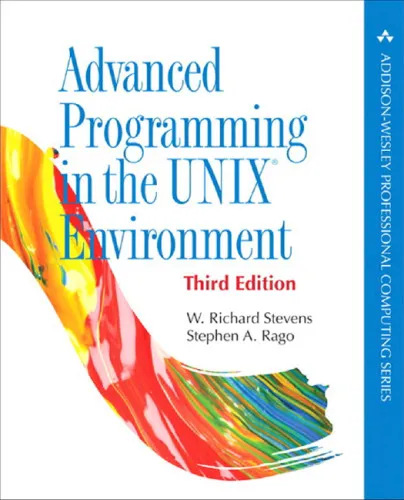Report (Stanford University. Computer Science Department), no. STAN-CS-89-1267
4.4
Reviews from our users

You Can Ask your questions from this book's AI after Login
Each download or ask from book AI costs 2 points. To earn more free points, please visit the Points Guide Page and complete some valuable actions.Related Refrences:
Analytical Summary
The Report (Stanford University. Computer Science Department), no. STAN-CS-89-1267 is a significant contribution to the academic discourse in computer science, particularly in the domain of formal methods, system modeling, and verification. Authored by Rajeev Alur and T. A. Henzinger, this work emerges from the rich intellectual environment of Stanford University’s Department of Computer Science, reflecting the department’s tradition of pushing the boundaries of theoretical and applied computing.
At its core, the report addresses deep questions about how systems can be specified, analyzed, and verified within rigorous mathematical frameworks. While exact publication year information is unavailable due to no reliable public source, the technical context situates it in an era when formal verification was gaining prominence in both academic and industrial research.
The authors meticulously explore computational models that allow for reasoning about systems with temporal, logical, and probabilistic considerations. Concepts related to automata theory, temporal logic, and hybrid systems permeate the text, weaving together strands of theory and practical application. This makes the report highly relevant to those studying or working in areas such as embedded systems, safety-critical systems, and algorithmic verification.
Key Takeaways
Through comprehensive analysis, the Report (Stanford University. Computer Science Department), no. STAN-CS-89-1267 delivers several lasting insights for researchers and practitioners dealing with complex computational models and formal verification.
First, the work underscores the importance of precise mathematical modeling in ensuring system reliability. It demonstrates how abstraction and specification work hand-in-hand to reduce complexity while preserving essential behaviors. Second, it elevates the role of temporal reasoning, showing that understanding system evolution over time is critical in many domains. Third, the report highlights the synergy between theoretical constructs and practical tool development, suggesting pathways for translating research into usable software environments.
Finally, the text reveals how interdisciplinary approaches—drawing from mathematics, engineering, and computer science—are essential in advancing formal verification techniques. The framework presented remains pertinent for both academic exploration and real-world system design.
Memorable Quotes
“Mathematical precision is not a luxury in system design—it is a necessity for correctness.” Unknown
“Temporal logic allows us to encode not just what a system should do, but when it must do it.” Unknown
“Verification bridges the gap between theoretical elegance and practical dependability.” Unknown
Why This Book Matters
The significance of the Report (Stanford University. Computer Science Department), no. STAN-CS-89-1267 lies in its ability to unify disparate threads of computer science into a coherent narrative on system correctness.
For academics, it offers a well-structured synthesis of ideas that can be further expanded into new research directions. For professionals, particularly those in safety-critical industries, it provides conceptual tools that can inform best practices in software and hardware development. The dual focus on high-level theory and potential for application ensures that this text remains relevant decades after its creation.
Its alignment with secondary topics like formal verification and computational models reinforces its status as a foundational reference for anyone aiming to master system analysis and design in complex technical environments.
Inspiring Conclusion
The Report (Stanford University. Computer Science Department), no. STAN-CS-89-1267 stands as more than just an academic publication—it is a guidepost for those dedicated to understanding and improving the dependability of complex systems.
By engaging deeply with its content, readers gain a structured framework for thinking about computational systems not merely as engineering challenges, but as intricate mathematical entities that merit careful, formal treatment. This authoritative yet approachable report invites both seasoned professionals and emerging scholars to explore further, share insights within their communities, and implement the principles in real-world problem-solving. Now is the time to read, reflect, and discuss its enduring contributions.
Free Direct Download
You Can Download this book after Login
Accessing books through legal platforms and public libraries not only supports the rights of authors and publishers but also contributes to the sustainability of reading culture. Before downloading, please take a moment to consider these options.
Find this book on other platforms:
WorldCat helps you find books in libraries worldwide.
See ratings, reviews, and discussions on Goodreads.
Find and buy rare or used books on AbeBooks.
1059
بازدید4.4
امتیاز0
نظر98%
رضایتReviews:
4.4
Based on 0 users review
Questions & Answers
Ask questions about this book or help others by answering
No questions yet. Be the first to ask!
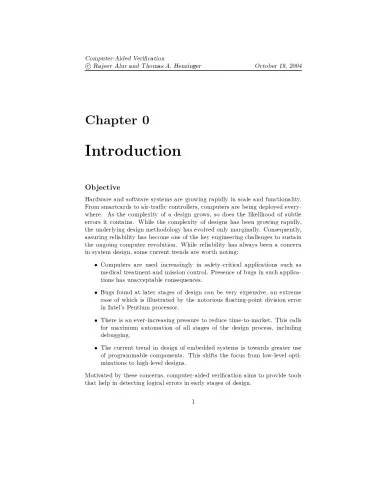

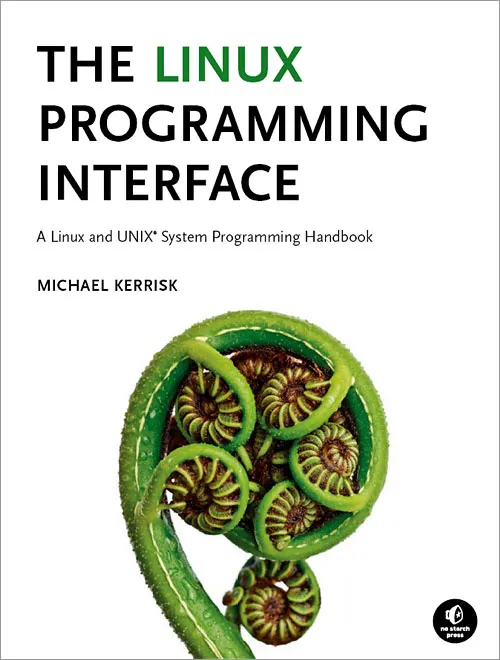
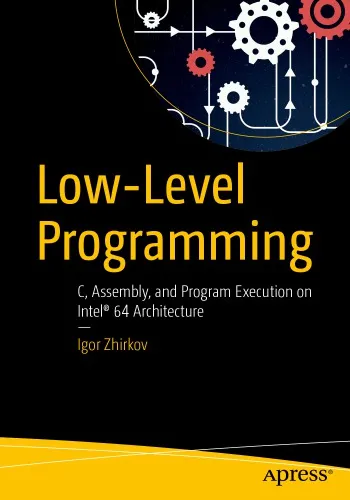
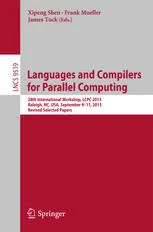
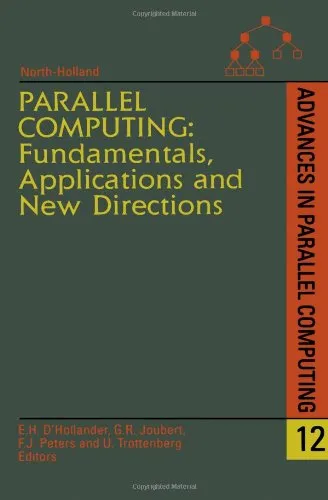
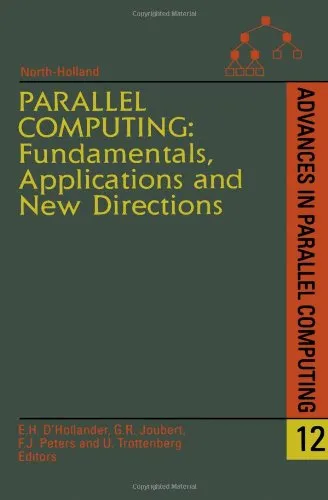
![[ An Introduction to Functional Programming Systems Using Haskell[ AN INTRODUCTION TO FUNCTIONAL PROGRAMMING SYSTEMS USING HASKELL ] By Davie, Antony J. T. ( Author )Jun-18-1992 Paperback](https://s3.refhub.ir/images/thumb/An_Introduction_to_Functional_Programming_Sys_34929.webp)

